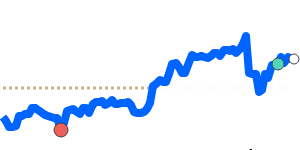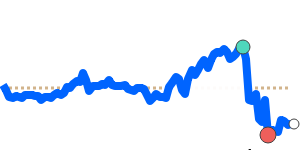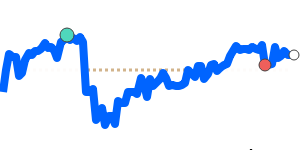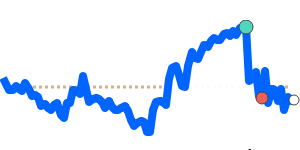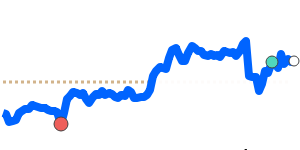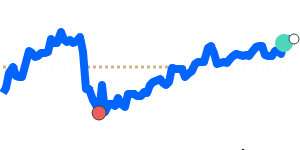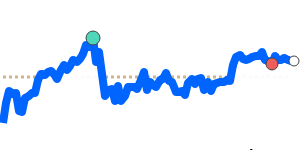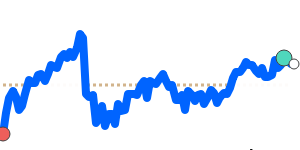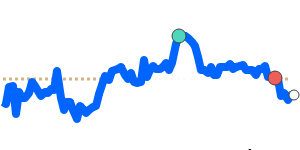The USD/NOK exchange rate shows a bearish bias in the near term.
Key drivers include the interest rate differential, with the Federal Reserve anticipated to cut rates, potentially weakening the USD. Meanwhile, Norges Bank has held rates steady at 4.0% amidst inflation concerns, supporting the NOK. Additionally, the global economic recovery and rising oil prices, which recently reached 30-day highs, could stabilize the krone, especially as Norway is a major oil exporter.
The near-term range for USD/NOK is expected to be stable, fluctuating around current levels. A potential upside risk for the NOK could arise from sustained high oil prices, bolstering economic confidence in Norway. Conversely, if U.S. economic data improves unexpectedly, it may strengthen the USD, putting downward pressure on the NOK.
